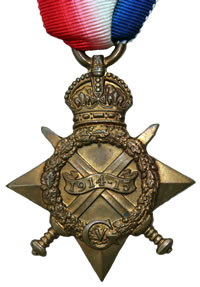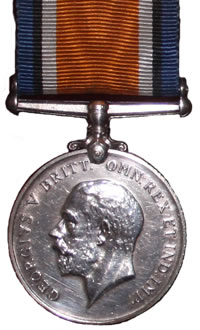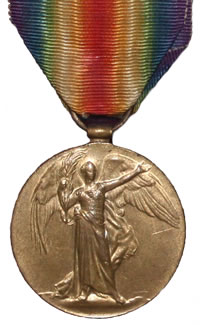

Moorlander
-
Posts
721 -
Joined
-
Last visited
Content Type
Profiles
Forums
Events
Articles
Posts posted by Moorlander
-
-
Out of interest what are AI barrels made from ?
Squaddies are trained to clean stuff to a very high standard but theres not always the time and conditions can be very very poor as many of you will know , OX24 seems to work .
-
46 minutes ago, Sherlock said:
Wow that a lot of fox - how many foxes per year were you getting
Over 700 by my calculations
 x £25 per pelt =£17500 , good money.
x £25 per pelt =£17500 , good money.
-
2 hours ago, Chanonry said:
Not sure I really want to ask this, but can't resist...
Do they really do this ?
I don't think they do it up here ? Waste of time, how is ground safe for 222 but not 308 ??
Not heard of that one myself , FAC newcomers I`ve known are often restricted to 17HMR and .22LR on private land unless with a mentor and even then .243w is the max centrefire allowed initially with a mentor , saying that I`ve also known a long time SGC holder get all restrictions lifted on his FAC after around a year by doing DSC1 , he`s also land owner which I think helped.
-
To be honest I`ve yet to meet anyone from firearms admin whos experienced enough to determine if land is safe to use centrefire firearms on , what may get you a quick answer is if you can quote someone who is already cleared to shoot that land with centrefire .
You should get an open ticket after five years / on your first renewal , getting your DSC1 can speed things up.
-
On 6/20/2018 at 10:12 PM, No i deer said:
I've tried RWS subs and they were crap in my cz452....!
Best in my cz452 which goes to show its worth trying 5-6 brands when you first get your .22lr.!
-
8 hours ago, No i deer said:
I will have to try some of these CCI subs.i like the look of them groups.the best I've used since the eley subs went crap in my cz450 is winny 42gr subs.best of a bad bunch
Try some RWS subs as well , you wont be disappointed in their performance , bit pricey though.
-
Thread resurrection!
What .22 subs are you using , whats best for your rifle and how much?
My CZ 452 is shooting best as follows:
1. RWS SUB SONIC 40gr - £6.50 PER 50 - sub 1" @50yds
2. Fiocchi Sub Sonic 40 gr £5.00 per 50
3. CCI HP Sub sonics 40gr £6.00 per 50
4.Winchester 42.gr £6.50 per 50
5. Eley Subsonics 38gr £6.50 - 2" groups at 50 yds
-
Badgers and peanut butter , now where have I heard about that before?

-
One could always buy it and then have a vote for independence , (Nicola loves this type of vote ) you couldn't lose

-
Bump.
-
-
I always find this era fascinating , if you want to know more about the regiments etc its worth asking on Arrse...
https://www.arrse.co.uk/community/forums/military-history-and-militaria.52/
-
Ive got one hundred 150Gr Speer .308 Boat Tail SP and one hundred Speer 150 Gr FMJ Boat Tail bullet heads.
Should these be good for paper punching at up to 600 yds in my Howa 1500 .308 , 20" barrel 1 in 10" twist ? or should I go for a heavier bullet?




Tikka T3x prone to rusting?
in Other Sporting Rifles
Posted
AI recommend WD40 and GT85 for lubrication of the trigger but not the rest of the rifle.
and "Where the rifle is to be stored for a lengthy period or when in a corrosive atmosphere, a thin smear of oil should be left in the bore. Moisten a patch with CLP 16 oil and pass it once through the bore. (this must be removed before shooting)."
and "Break free , CLP 16 , OX24 - Cleaner, lubricant & preservative - General cleaning and lubrication of the action and rifle exterior."